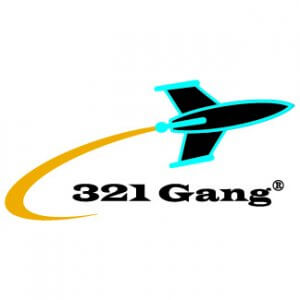Leveraging IBM Global Configurations with Pure Variants Feature Modeling Enhances Engineering Reuse
Complexity is one of the largest challenges facing software and systems engineering teams today. Software applications are built by integrating many software components, each with corresponding artifacts from these domains; requirements, design, source code, and test. Teams often work on several versions of an application at the same time. Changes to specific artifacts must be incorporated in a controlled manner to prevent errors and maximize reuse.

Similarly, system engineers design products built from hundreds or even thousands of individual components. These components can range from physical objects to software. Related products or versions of a product are often produced from a common base or architecture and grouped into a product line.
Product lines can contain dozens of closely related products, also called product variants. A variant is identified by a specific set of characteristics that distinguish it from other products in the product line. Behind each product variant is a specific set of artifacts, such as the requirements, designs, source code, and test plans that were used to formulate it.
Features provide a helpful abstraction of a product, which, in turn, can relate to one or more requirements, design elements, tests, implementation artifacts, and/or calibration data. A feature model outlines all the features included in a product, any distinctions in the product line, and the constraints among features. Using Pure Variants in conjunction with IBM’s Engineering Lifecycle Management solution (ELM) global configuration capabilities we can use the Feature model to define development streams and baselines. These include trace links across all engineering disciplines. Furthermore, it allows us to reuse component configurations that are composed of these engineering artifacts in multiple tools and repositories.
Pure-System’s Pure Variants enhances the capabilities of IBM’s Global Configuration Management available in ELM by:
- Allowing work in a product line superset development stream (a global stream).
- Defining variation points in requirements (managed by DOORS Next), designs (authored in Rhapsody and available on the web via Rhapsody Model Manager), tests (managed by Test Manager), and source and calibration files under Workflow SCM.
- Using the Pure Variants feature editor from within the IBM tools – for example, while editing a module in DOORS Next.
Capabilities available in pure::variants allow you to use and reuse parameter values across your engineering artifacts. This gives you the ability to generate a new product variant by creating a new Global Configuration Stream just for the variant. The GC stream is made up of a stream from each of the requirements, test, design, and source domains. Each domain stream contains only the artifacts needed by the new variant product. This is true reuse since artifacts in the target stream maintain the same ID and “concept URI” while unmodified artifacts in the new stream are exactly the same version as in the stream from which the variant was derived.
IBM ELM provides the system of record, allowing users to visualize the utilization of something (and its reuse), the connections between components, and the history of modifications. This makes automated documentation, analysis, generation of documents, and auditing possible. There are robust analysis tools also available with Pure Variants.
To learn more about Pure Variants and what you can do with a combination of IBM ELM and Pure Variants, contact 321 Gang at pv@321gang.com. For a brief recorded demo of Pure Variants within an IBM ELM environment visit Demo: Product Line Engineering with the IBM Engineering Platform and Pure Variants
For more knowledge on how to share and collaboratively work on requirements, designs, tests, and implementations with IBM ELM configuration management (including global configurations) visit “Configuration management: concepts and capabilities” on the IBM Knowledge Center.
Peter Luckey – SPC5, CSM, SA
Senior Solutions Consultant, 321 Gang

321 Gang | 14362 North FLW | Suite 1000 | Scottsdale, AZ 85260 | 877.820.0888 | pv@321gang.com

